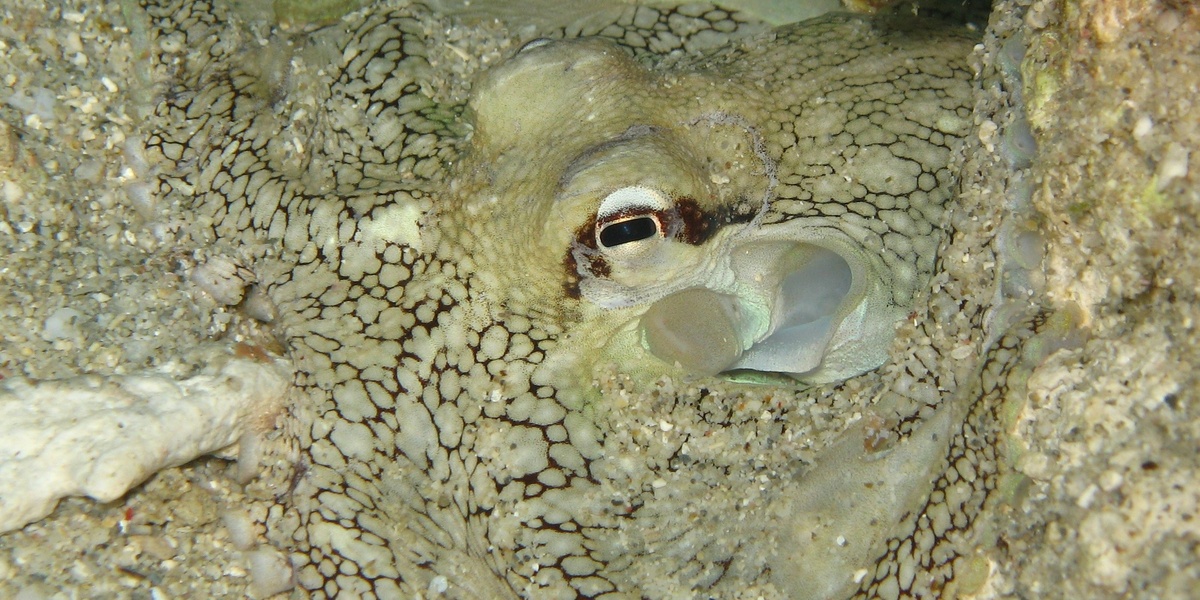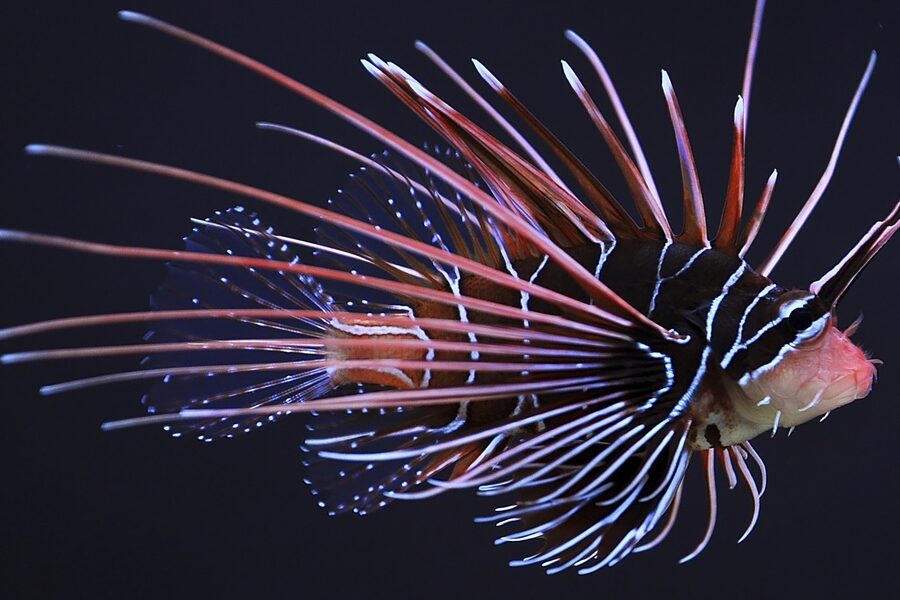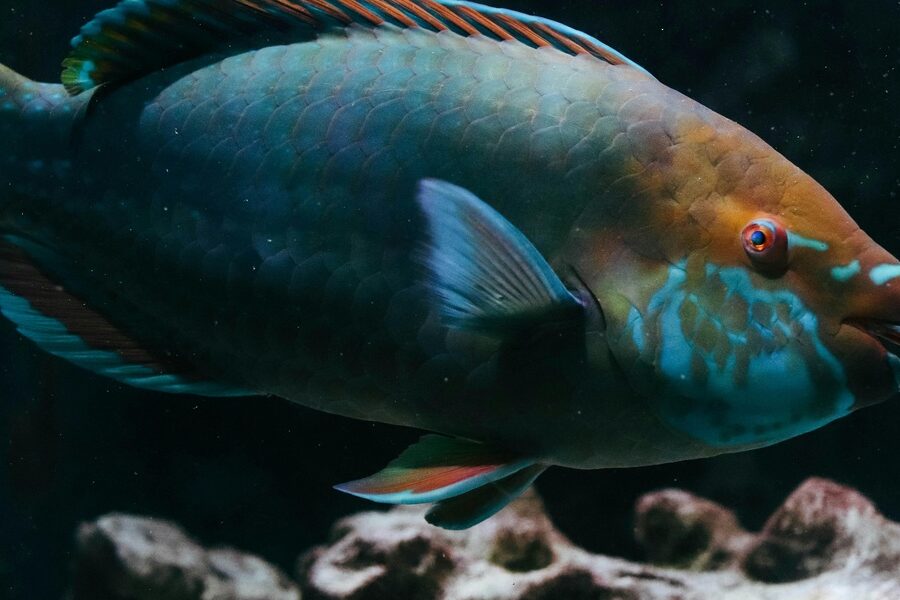If you spend time along streams, ponds or shorelines you notice a surprising variety of small animals that play big roles in those ecosystems. This list gathers the kinds of creatures you’re likely to encounter in freshwater and coastal habitats, from common residents to species that turn up in surveys and monitoring projects.
There are 35 Water Invertebrates, ranging from Amphipod to Zebra mussel. For each species the data are organized by Scientific name, Habitat, Size (cm), and you’ll find below.
How were the 35 species chosen?
The selection aims to represent a mix of common, ecologically important and frequently reported taxa across freshwater and nearshore environments; choices were informed by occurrence in regional surveys and typical field guides so you see a practical cross-section for identification and monitoring.
What can I do with the Scientific name, Habitat, Size (cm) columns?
Those three fields let you confirm identifications (scientific names), understand where to look or expect each species (habitat), and compare physical scale for sampling or photography (size), which is useful for field ID, citizen science records, and basic ecological notes.
Water Invertebrates
| Name | Scientific name | Habitat | Size (cm) |
|---|---|---|---|
| Common pond snail | Lymnaea stagnalis | Freshwater; temperate regions | 3-6 |
| Ramshorn snail | Planorbarius corneus | Freshwater; temperate regions | 1-4 |
| Zebra mussel | Dreissena polymorpha | Freshwater; Europe and North America (invasive) | 2-5 |
| Freshwater mussel | Unionidae (e.g., Elliptio complanata) | Freshwater; temperate rivers and lakes | 5-20 |
| Crayfish | Procambarus clarkii (or Cambarus spp.) | Freshwater; streams, ponds, wetlands worldwide | 8-12 |
| Freshwater shrimp | Neocaridina davidi (Atyidae/Palaemonidae) | Freshwater; streams, rivers, aquaria worldwide | 2-4 |
| Mayfly nymph | Order Ephemeroptera | Freshwater; clean streams and rivers worldwide | 0.5-3 |
| Caddisfly larva | Order Trichoptera | Freshwater; streams, rivers worldwide | 0.2-3 |
| Stonefly nymph | Order Plecoptera | Freshwater; fast-flowing temperate streams | 0.5-3 |
| Water boatman | Corixidae (e.g., Corixa punctata) | Freshwater; ponds and slow waters worldwide | 0.2-2.5 |
| Water strider | Gerris sp. (Gerridae) | Freshwater; ponds and stream margins worldwide | 0.5-3 |
| Leech | Hirudinea (e.g., Hirudo medicinalis) | Freshwater; ponds and streams temperate regions | 2-15 |
| Freshwater flatworm | Dugesia sp. | Freshwater; ponds and streams worldwide | 0.2-2 |
| Freshwater jellyfish | Craspedacusta sowerbyi | Freshwater; lakes and ponds, invasive in many regions | 0.5-3 |
| Dragonfly nymph | Odonata: Anisoptera nymphs | Freshwater; ponds and slow streams worldwide | 1-6 |
| Sea star | Asteroidea (e.g., Pisaster ochraceus) | Marine; intertidal to subtidal temperate zones | 10-60 |
| Sea urchin | Echinoidea (e.g., Strongylocentrotus purpuratus) | Marine; rocky subtidal temperate coasts | 5-12 |
| Sea cucumber | Holothuroidea (e.g., Cucumaria spp.) | Marine; sandy and rocky bottoms worldwide | 10-60 |
| Sea anemone | Actiniaria (e.g., Anthopleura elegantissima) | Marine; intertidal to subtidal coastal zones | 2-30 |
| Coral (reef-building) | Scleractinia (e.g., Acropora) | Marine; tropical reefs worldwide | 0.5-200 (colonies) |
| Jellyfish | Scyphozoa (e.g., Aurelia aurita) | Marine; coastal waters worldwide | 2-40 |
| Nudibranch (sea slug) | Nudibranchia (e.g., Chromodoris spp.) | Marine; shallow coastal waters worldwide | 1-30 |
| Barnacle | Cirripedia (e.g., Balanus spp.) | Marine; intertidal zones worldwide | 0.5-5 |
| Crab | Brachyura (e.g., Carcinus maenas) | Marine and brackish; coastal worldwide | 5-40 |
| Lobster | Nephropidae (e.g., Homarus americanus) | Marine; temperate continental shelves | 20-60 |
| Shrimp (marine) | Decapoda: Caridea (e.g., Pandalus borealis) | Marine; coastal and offshore waters worldwide | 2-25 |
| Squid | Teuthida (e.g., Loligo spp.) | Marine; open ocean and coastal waters worldwide | 10-100 |
| Octopus | Octopoda (e.g., Octopus vulgaris) | Marine; coastal, tropical to temperate regions | 30-150 (arm span) |
| Krill | Euphausiacea (e.g., Euphausia superba) | Marine; especially polar and temperate seas | 1-6 |
| Copepod | Copepoda | Marine and freshwater; global plankton and benthos | 0.05-2 |
| Amphipod | Amphipoda (e.g., Gammarus pulex) | Freshwater and marine; streams, shores worldwide | 0.3-5 |
| Isopod (marine) | Isopoda (e.g., Ligia oceanica; Bathynomus spp.) | Marine; rockpools to deep sea worldwide | 0.5-50 |
| Comb jelly | Ctenophora (e.g., Mnemiopsis leidyi) | Marine; coastal waters worldwide | 2-30 |
| Sea sponge | Porifera (e.g., Spongia officinalis) | Marine; shallow reefs to deep sea | 1-100 |
| Sea snail (whelk) | Buccinum undatum | Marine; temperate rocky and sandy coasts | 5-15 |
Images and Descriptions
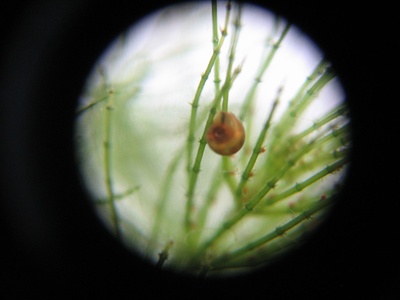
Common pond snail
A common freshwater snail with a spiral shell that breathes air through a small pore; grazes on algae and detritus. Often found on pond vegetation and shallow margins. Slow-moving; indicator of water quality and food for ducks, fish, and amphibians.
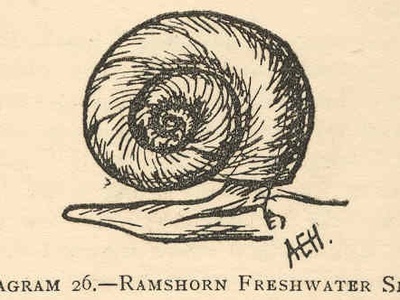
Ramshorn snail
Flat-coiled shell resembling a ram’s horn, swims or clings to vegetation; air-breathing pond snail grazing on algae and debris. Common in ponds, slow streams, and aquaria. Tolerant of varied conditions; can reproduce rapidly and indicate nutrient-rich waters.
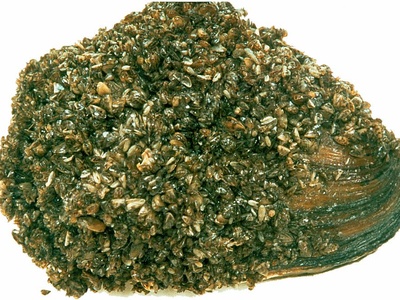
Zebra mussel
Small bivalve with distinct dark-and-light striped shell; attaches to hard surfaces by byssal threads. Filters plankton, altering food webs and clogging pipes. Invasive in many regions, forms dense colonies on rocks, boats, and native mussels.

Freshwater mussel
Large bivalves living partially buried in rivers and lakes; slow-moving filter feeders that clean water by filtering plankton. Many species are long-lived and endangered. Often overlooked but important ecosystem engineers providing habitat and improving water clarity.

Crayfish
Freshwater “mini-lobsters” with large claws, nocturnal omnivores that eat plants, invertebrates, and detritus. Found in streams, ponds, and marshes hiding under rocks. Some species are invasive, burrow, and can reshape wetlands and stream banks.
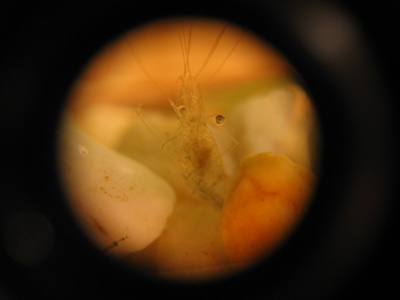
Freshwater shrimp
Small transparent or colored shrimp grazing on algae, biofilm, and detritus. Common in streams, rivers, and aquaria, they move by swimming and creeping on surfaces. Important scavengers and algae controllers, often kept by hobbyists.
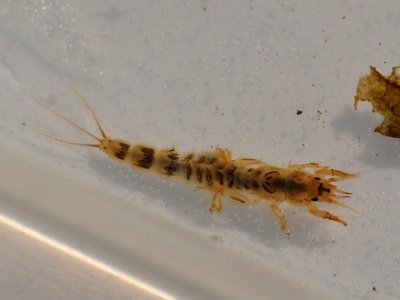
Mayfly nymph
Flattened aquatic nymphs with three tail filaments and gills along the body; active swimmers and clingers in clean rivers and streams. Herbivores or detritivores; sensitive to pollution so used as freshwater health indicators and key trout food.

Caddisfly larva
Larvae often build protective cases from sand, plant material, or shells and live attached to rocks or vegetation. Mostly herbivores or detritivores, they are important stream grazers and indicators of water quality, and adults look like moths.

Stonefly nymph
Elongated nymphs with two tail filaments and wing pads; cling to fast-flowing, well-oxygenated streams. Predatory or shredder feeders, they crawl among stones and are highly sensitive to pollution—excellent indicators of clean water.

Water boatman
Oval, flattened insect with oar-like back legs for swimming; feeds on algae and detritus by scraping surfaces. Often seen swimming belly-up near surface. Not a mosquito eater; important in pond food webs and eaten by fish and birds.
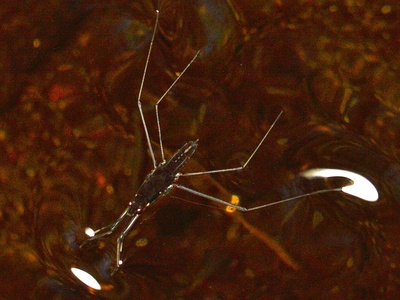
Water strider
Long-legged insects walking on the water surface using surface tension; predators that catch insects and larvae. Common on quiet water and stream margins, they dart quickly and are easy to spot skimming the surface or lily pads.
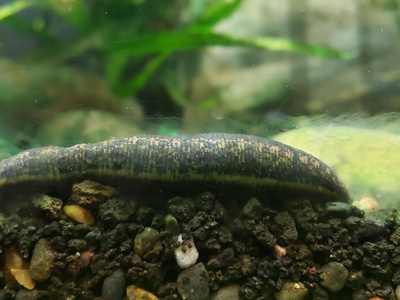
Leech
Segmented worms with suckers at both ends; many are blood-feeding, others eat small invertebrates. Move by looping and cling to submerged surfaces or hosts. Used historically in medicine; some species are indicators of healthy, oxygenated water.
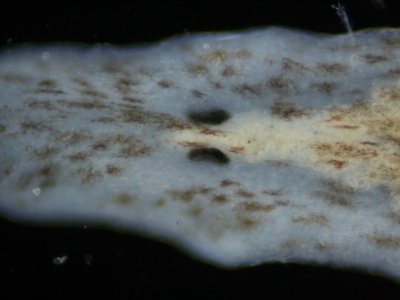
Freshwater flatworm
Small, soft-bodied flatworms with triangular heads and eye spots; glide over surfaces using cilia. Predators of small invertebrates and scavengers; regenerate lost parts easily. Found hiding under stones in ponds and streams, they indicate diverse microhabitats.

Freshwater jellyfish
Tiny translucent medusae resembling sea jellyfish but freshwater; predatory, eating small zooplankton. Often sporadic and cryptic, they appear in summer blooms in lakes and ponds. Non-stinging to humans but important plankton predators.
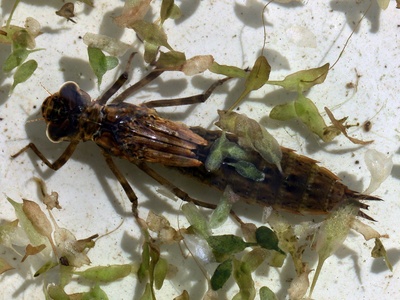
Dragonfly nymph
Stocky predatory nymphs with extendable lower jaws used to catch prey; live in ponds and slow streams among vegetation. Feed on insect larvae, tadpoles, and small fish. Long aquatic juvenile stage makes them key freshwater predators before flying as adults.

Sea star
Familiar star-shaped echinoderms with tube feet and five (or more) arms; pry open bivalves and eat mollusks using a stomach that everts. Common on rocky shores and reefs; keystone predators shaping marine communities.

Sea urchin
Globe-shaped echinoderm covered in movable spines used for protection and movement; grazes on kelp and algae with a scraping mouthpart called Aristotle’s lantern. Can dramatically alter kelp forest structure when abundant.

Sea cucumber
Soft-bodied, elongated echinoderms that feed by sifting sediment with tentacle-like tube feet; important recyclers of organic matter on seafloors. Some eject sticky organs when threatened and many are harvested for food.

Sea anemone
Sessile predators resembling colorful flowers with radial tentacles armed with stinging cells to catch fish and invertebrates; attach to rocks or shells. Some form symbioses with algae or clownfish; retract tentacles when exposed.
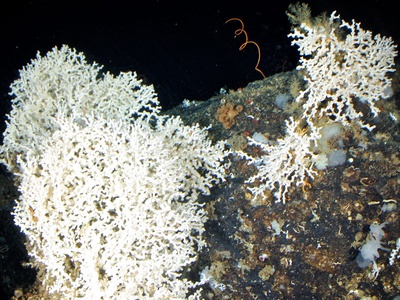
Coral (reef-building)
Colonial cnidarians forming hard calcium carbonate skeletons that build coral reefs; polyps feed on plankton with tentacles and receive sugars from symbiotic algae. Support vast biodiversity but are vulnerable to warming and ocean acidification.

Jellyfish
Gelatinous, umbrella-shaped medusae drifting in the sea with trailing tentacles bearing stinging cells; feed on plankton and small fish. Populations fluctuate seasonally and can form large swarms that impact fisheries and tourism.
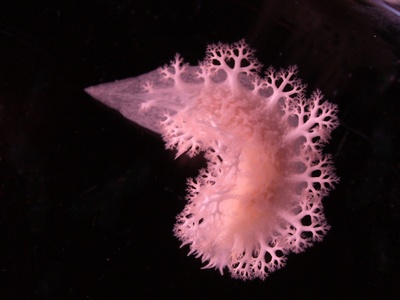
Nudibranch (sea slug)
Colorful soft-bodied sea slugs without shells, often displaying bright patterns and external gills. Many feed on sponges, hydroids, or anemones and can store stinging cells for defense. Popular with divers and photographers.
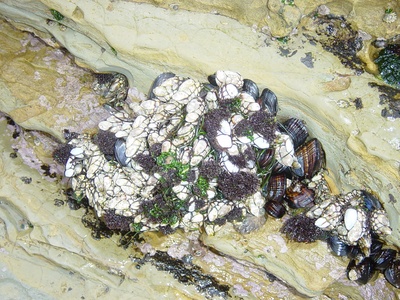
Barnacle
Sessile crustaceans that cement themselves to rocks, hulls, and pier pilings; protected by hard plates and feed by sweeping plankton with feathery cirri. Important fouling organisms and food for shorebirds and some fish.

Crab
Broad-bodied crustaceans with a reduced abdomen tucked under the thorax and strong claws for defense and feeding. Found in rocky shores, mudflats, and seagrass beds; omnivores that scavenge and prey, playing key roles in coastal food webs.

Lobster
Large marine crustaceans with powerful front claws and a segmented tail used for swimming backwards. Nocturnal scavengers and predators living in burrows or crevices; highly valued fisheries species with long lifespans and complex behaviors.
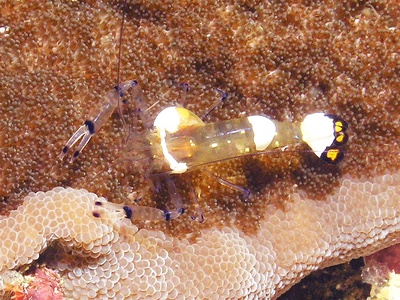
Shrimp (marine)
Flexible, laterally compressed decapods with long antennae; many are active swimmers and omnivorous scavengers feeding on plankton, detritus, and small animals. Form important forage for fish and whales and support major commercial fisheries.
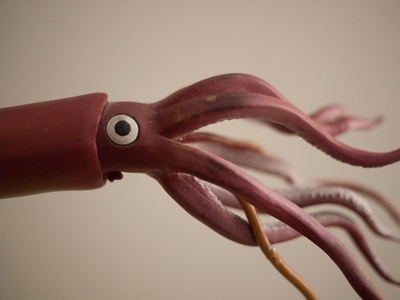
Squid
Fast-swimming cephalopods with torpedo-shaped bodies, fins, eight arms and two long tentacles; intelligent predators using jet propulsion and a beak to eat fish and crustaceans. Many species form schools and are important prey for larger predators.
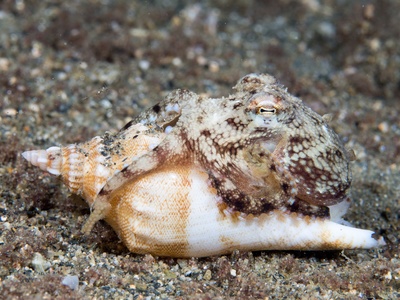
Octopus
Highly intelligent, soft-bodied cephalopods with eight arms lined with suckers, excellent camouflage, and problem-solving abilities. Solitary hunters eating crustaceans and fish; hide in dens and can remodel habitats using shells and rocks.

Krill
Small, shrimp-like crustaceans forming huge swarms that are a cornerstone of many marine food webs, especially in polar seas. Filter-feeding on phytoplankton and zooplankton, they are vital prey for whales, seals, penguins, and fish.

Copepod
Tiny planktonic or benthic crustaceans with teardrop bodies and single median eye in some groups; key primary consumers feeding on phytoplankton and microalgae. Foundation of aquatic food chains, supporting fish larvae and larger predators.
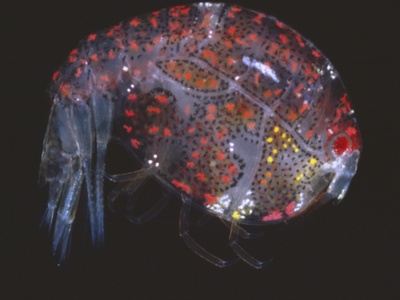
Amphipod
Small, laterally compressed crustaceans (scuds) that hop among vegetation and detritus; omnivores and scavengers eating algae and decomposing material. Abundant in streams, lakes, and shorelines; important prey for fish and birds.
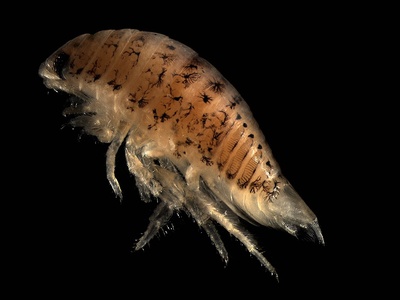
Isopod (marine)
Dorsoventrally flattened crustaceans with many legs; marine isopods range from tiny rockpool scavengers to large deep-sea “giant isopods.” They feed on detritus, carrion, or as parasites, and are commonly seen under rocks and kelp.
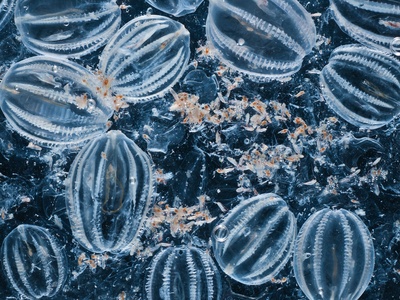
Comb jelly
Transparent, gelatinous planktonic animals with rows of ciliary “combs” that refract rainbow light; capture prey with sticky tentacles or by engulfing. Non-stinging but voracious predators on zooplankton, sometimes causing ecological disruption when invasive.
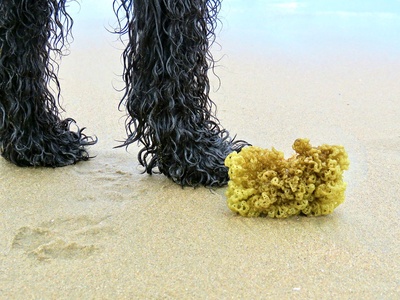
Sea sponge
Porous sessile animals filtering large volumes of water through canals to feed on bacteria and tiny particles. Come in varied shapes and colors; provide habitat for small fish and invertebrates and produce bioactive compounds useful to medicine.
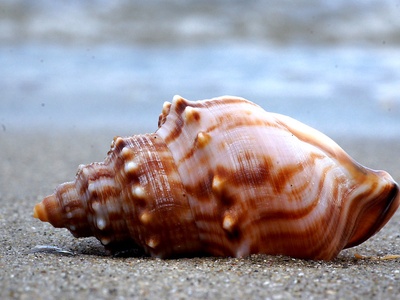
Sea snail (whelk)
Spiral-shelled predatory gastropods that use a radula to scrape or bore into bivalves and other prey; slow-moving and often found in tidal zones and subtidal bottoms. Eggs laid in distinctive capsules on substrates.
